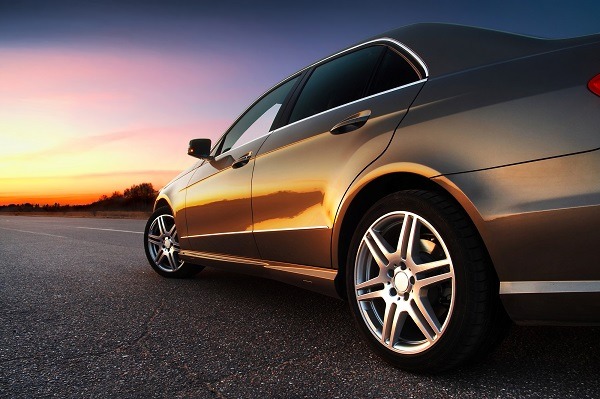Many people have heard of the “black box” that is onboard an aircraft. Planes have the black box on board so investigators can put together what happened after a crash. Plane crashes don’t happen all that often, but when they do, this box can often reveal whether pilot error or some other factor caused the wreck.
What many people don’t realize, though, is that modern cars have something that is more or less the black box’s equivalent. This is the event data recorder that some industry experts abbreviate as EDR.
We’ll talk about EDRs right now, and we’ll also go over what accident reconstruction can accomplish.
What Precisely is an EDR?
You probably never thought that technology might help your car accident case, but it very much can at this point in history. Modern cars are better than ever at telling investigators what happened to them after a wreck, just like planes can. That is the EDR’s whole purpose.
In the US, after 2014, the car industry determined that every new vehicle had to come with an EDR. This box would record many driver and vehicle interactions in a way that investigators would be able to easily decipher should that ever be necessary.
If you never wreck your vehicle, then no one will probably ever look at your black box. There are just a couple of other instances where someone might need to utilize it, though. For example, your mechanic might be able to determine why a car is malfunctioning based on what the EDR tells them.
There is something called the US Code of Federal Regulations. This enforcement division determines an EDR’s construction and what it needs to be able to do. As time passes, these devices keep getting more sophisticated, and as a driver, that’s something you want.
How Can an EDR Help You?
You might only say that an EDR can help you if you are a responsible driver. If you are an unsafe driver, it can work as the mechanical tattletale proving you did something you shouldn’t do.
For instance, if you hit another vehicle, the EDR might reveal that you were going a lot faster at that time than you should have. For example, if the speed limit on that road was 35, and the EDR indicates you were going double that when you struck the other vehicle, that’s not going to look good for you.
On the other hand, the EDR can help you prove that you slammed on the brake before you rear-ended the car ahead of you. If the other driver tries to claim that something different happened, you can use technology to back up your assertion.
How Do Lawyers Use EDRs?
You also might have a situation where you’re using your EDR like a star witness who can prove your claims in a courtroom setting. Let’s say you hit another vehicle, and you blame the other driver, but they blame you.
If you have a car that a manufacturer produced after 2014, it should have an EDR. Assuming the crash did not destroy it entirely, once you hire a lawyer, they will probably have an investigator on their payroll who can study the accident scene, looking at things like pictures, video, skid marks, and so forth. They are experts at scene reconstruction, so the other driver will not find it so easy to get away with lying about what happened.
The investigator can study the EDR’s findings, and based on what it says, you can probably win your case. Though this technology is relatively new, it’s hard to argue with the black-and-white evidence that it contributes to your testimony.
This technology marries telecommunications with transportation in a fascinating way. Mystery car and plane wrecks will soon be a thing of the past.
What Else Can the EDR Do?
In addition to doing things like detecting how fast the car was going at the impact point, it can also tell you how much the driver weighed who was driving the vehicle. It can establish the vehicle’s brake usage.
This indicates not just what happened with the car wreck but whether the person behind the wheel was a safe driver in general. If this person never jammed on the brakes, which some experts call a panic stop, that means they were always paying attention and wouldn’t let anything distract them, like talking on their smartphone, texting, kids in the back seat, etc.
Most EDRs will store new information for a time, and then they’ll get rid of it, since they do not have infinite recording space. However, if certain key events occur, like the vehicle’s airbags deploying, it will permanently record all information leading up to that event. The EDR knows that if the airbags deployed, an incident occurred, and the investigators will want to look at what it has to say.
Accident Reconstruction Can Help You Win
Accident reconstruction experts, working with EDRs and other tools, can now reconstruct car wrecks much more accurately than they could even a few years ago. They no longer have to rely on grainy store camera or traffic camera footage. They can also avoid overreliance on observer memories, which can be notoriously spotty.
It’s hard to get away with poor driving behavior anymore because of all the cameras that exist now and also because of tech like EDRs. This is probably only the beginning, though. With this burgeoning field still mostly untapped, future technology will likely be able to capture bad driving behavior even more accurately in the future.
That’s great news for you if you want to drive safely every time you get behind the wheel and not-so-wonderful news for reckless individuals. This tech might not be the self-driving cars that science fiction has promised us for so many years, but it’s certainly a step in that direction.
When machines are more cognizant, that can help us. This is just one of the ways that’s true today.

